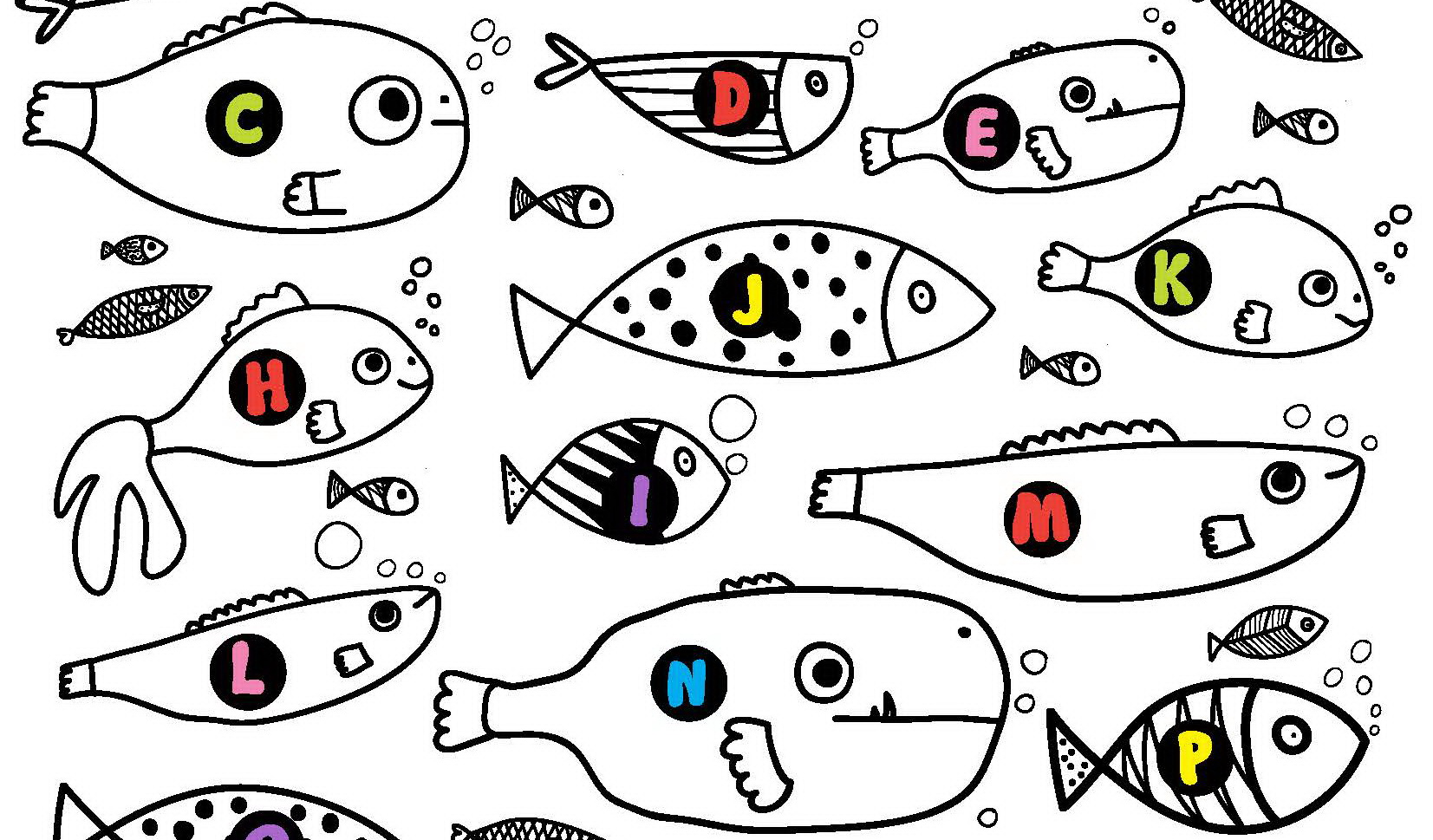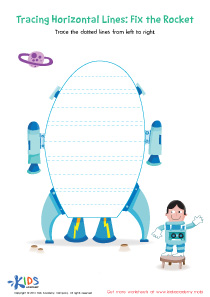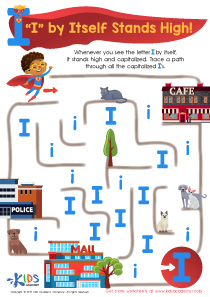Alphabet tracing Normal Letter Recognition Worksheets for Ages 3-6
5 filtered results
-
From - To
Unlock your child's potential with our Alphabet Tracing Normal Letter Recognition Worksheets, perfect for ages 3-6! These engaging, printable worksheets help young learners practice tracing and recognizing letters, enhancing early literacy skills. Each worksheet features fun and interactive activities designed to improve fine motor skills and hand-eye coordination, setting a strong foundation for reading and writing. With colorful illustrations and easy-to-follow instructions, our worksheets make learning the alphabet an enjoyable adventure. Download today and watch your child develop a love for learning with Kids Academy!
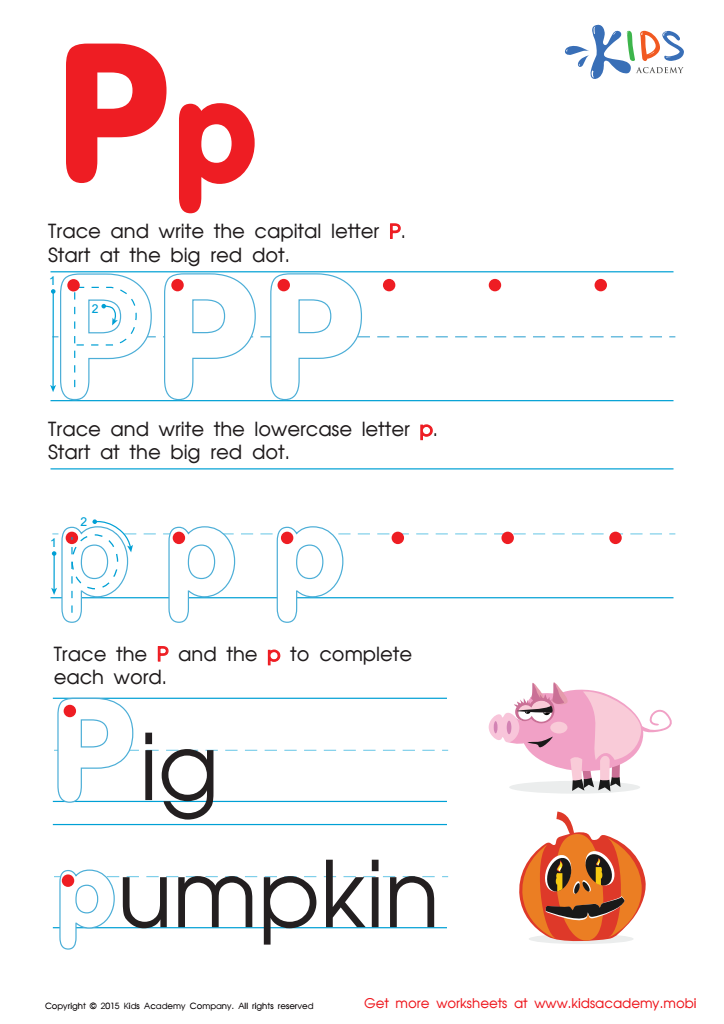

Letter P Tracing Page
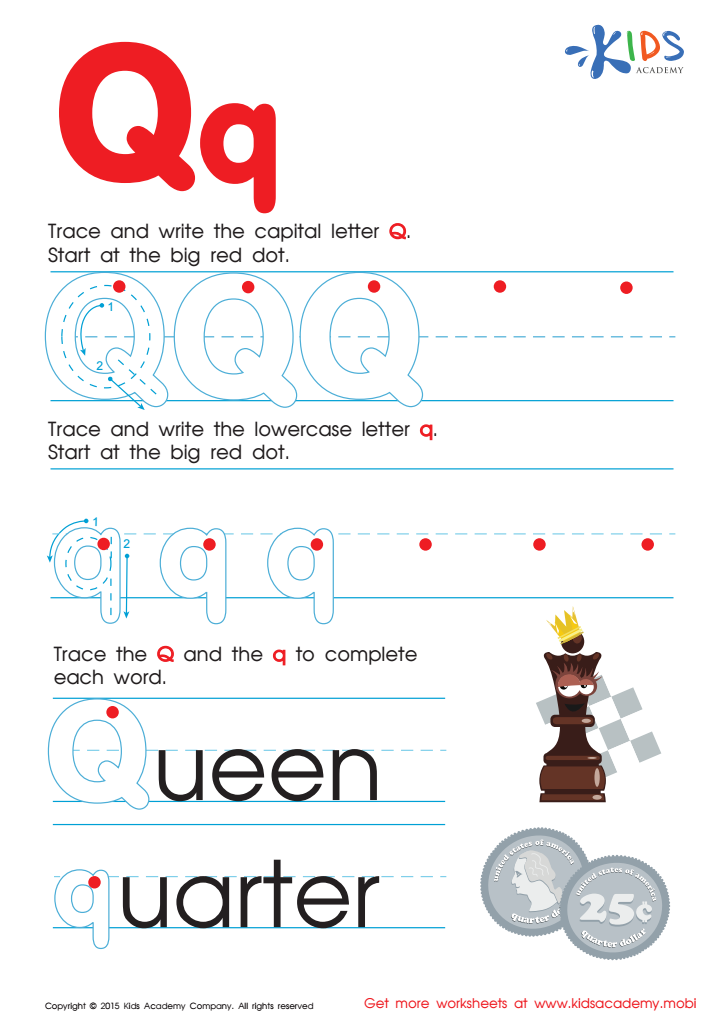

Letter Q Tracing Page
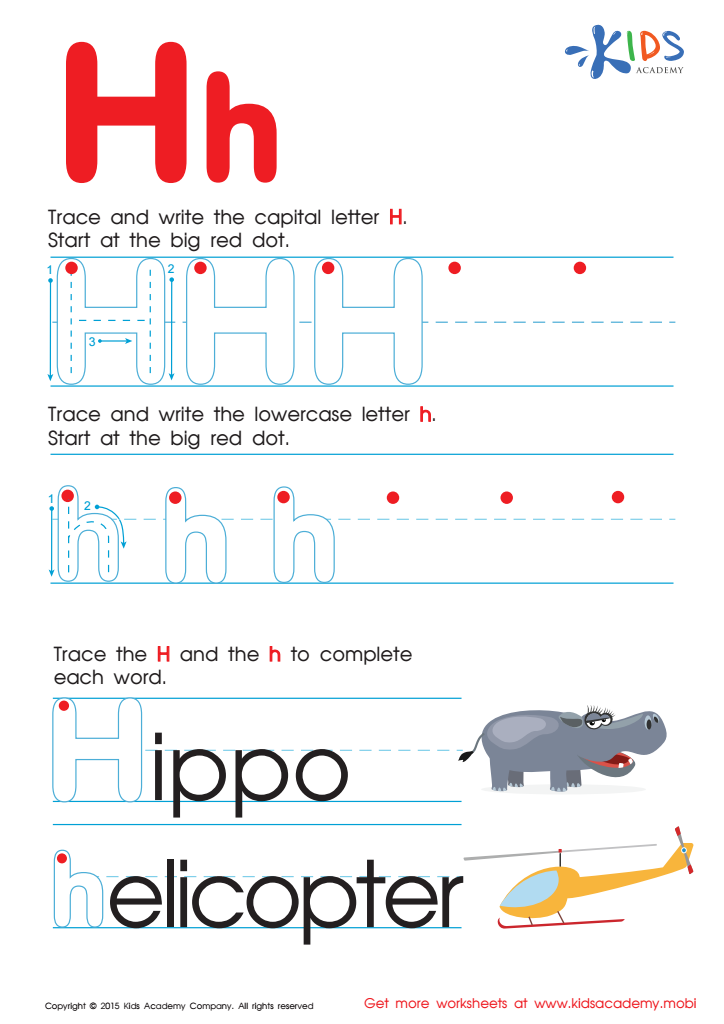

Letter H Tracing Page
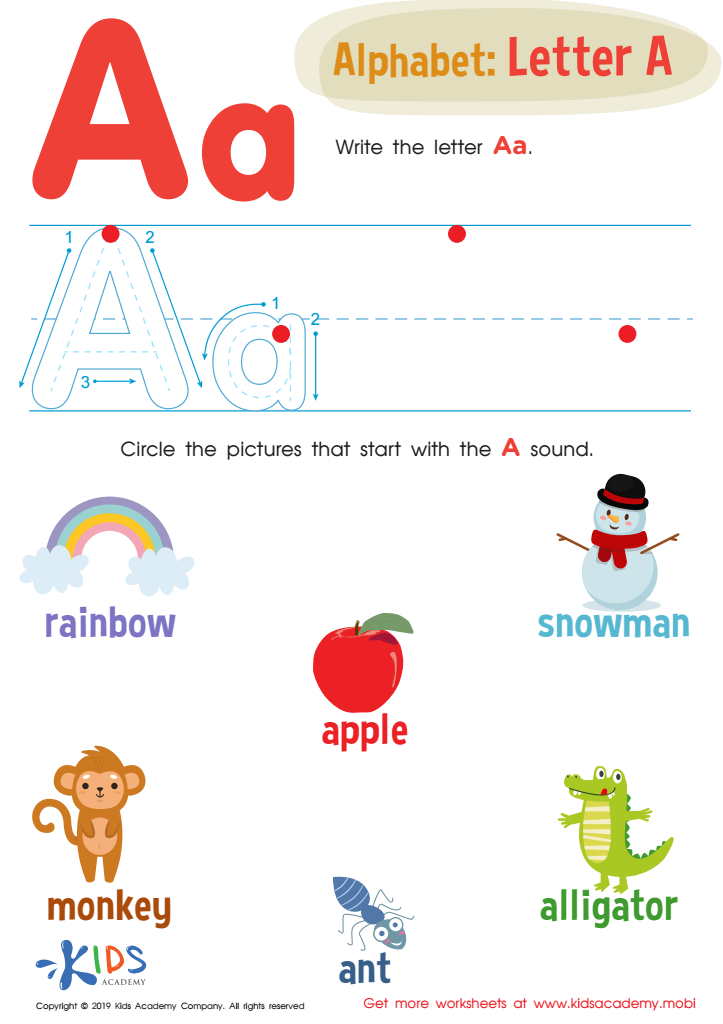

Letter A Tracing Worksheet
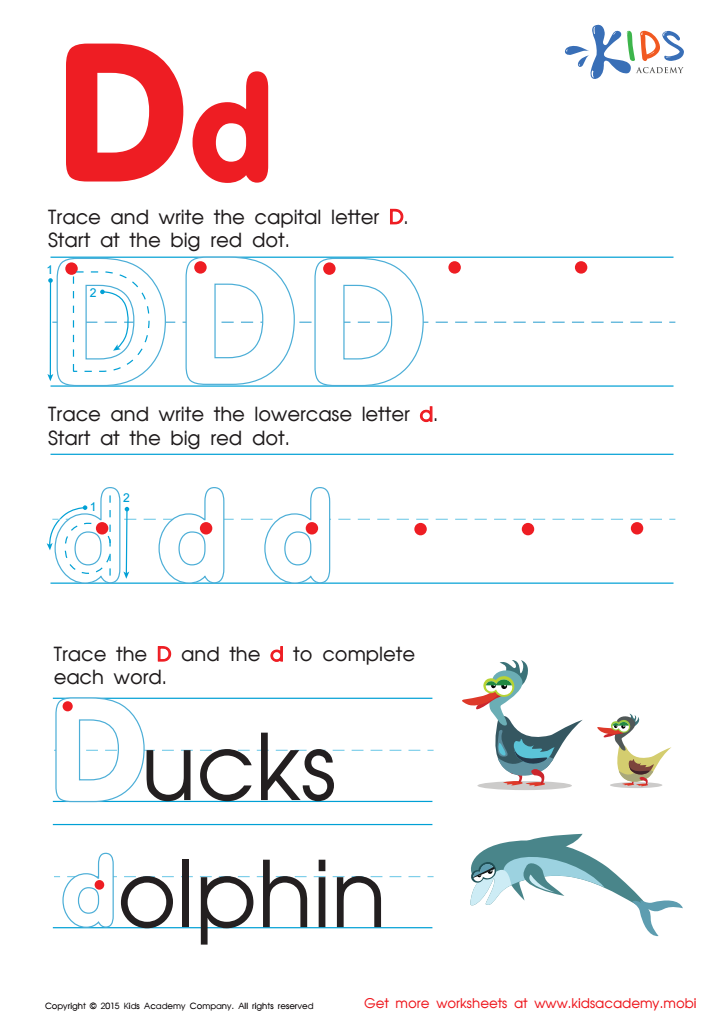

Letter D Tracing Page
Caring about alphabet tracing and normal letter recognition for children aged 3-6 is essential for several key reasons. During these formative years, children are developing the foundational skills upon which their future literacy and academic success will be built. Alphabet tracing activities enhance fine motor skills, helping children control their hand movements to form letters correctly, which is crucial for writing. Learning to recognize letters in their normal form lays the groundwork for reading – a pivotal skill for cognitive development and academic achievement.
Moreover, early exposure to the alphabet promotes familiarity and comfort with letters, making language-based learning more intuitive as children progress in their education. This is a critical period of brain development when children are particularly receptive to new information, and engaging them in alphabet activities helps solidify their understanding and retention of these fundamental concepts.
Furthermore, these activities can boost children's confidence and foster a love for learning. By facilitating opportunities for success in tracing and recognizing letters, parents and teachers provide encouragement that can positively impact a child’s attitude towards learning. In short, emphasizing alphabet tracing and letter recognition equips children with vital skills that contribute to their overall development, setting a strong foundation for their educational journey.
 Assign to My Students
Assign to My Students








